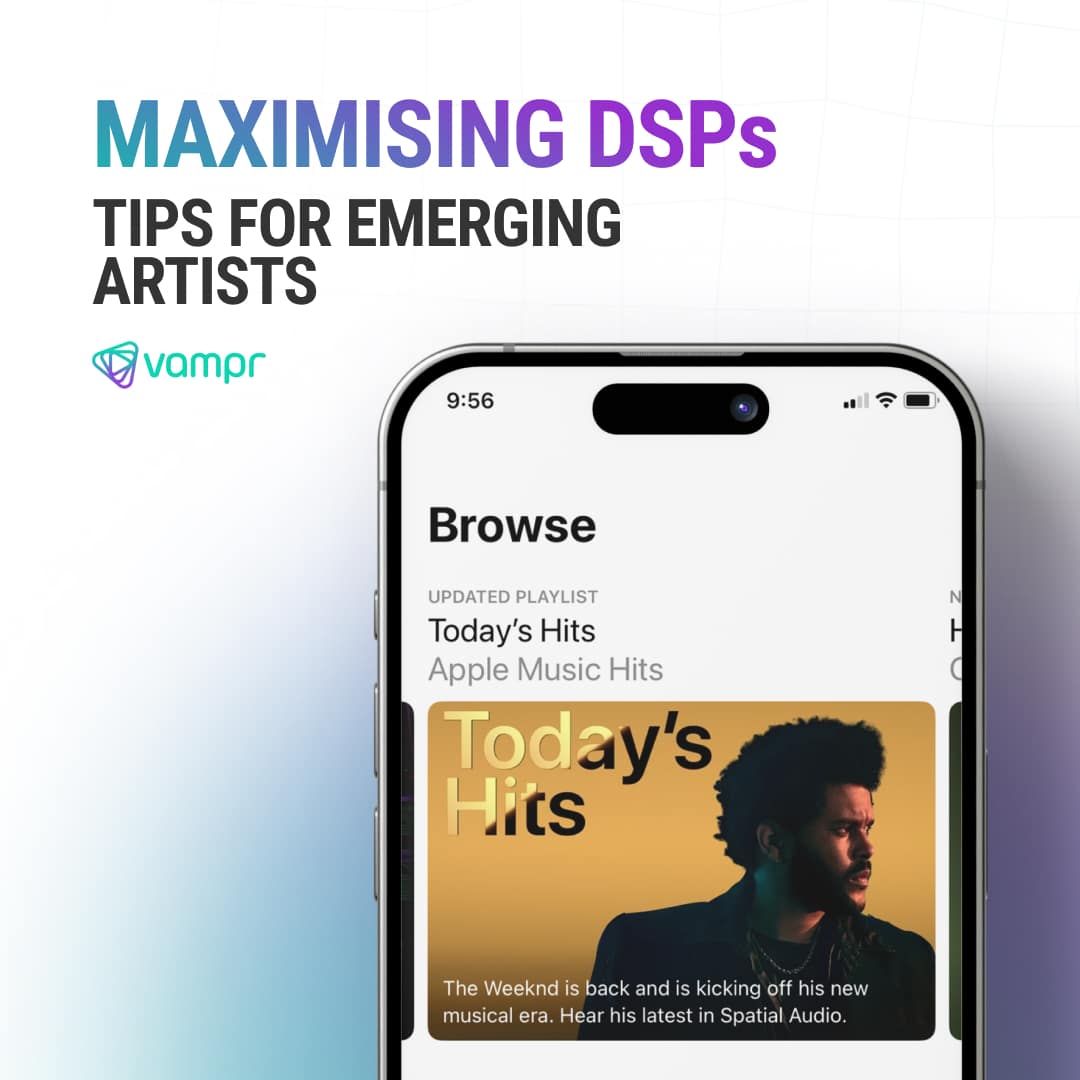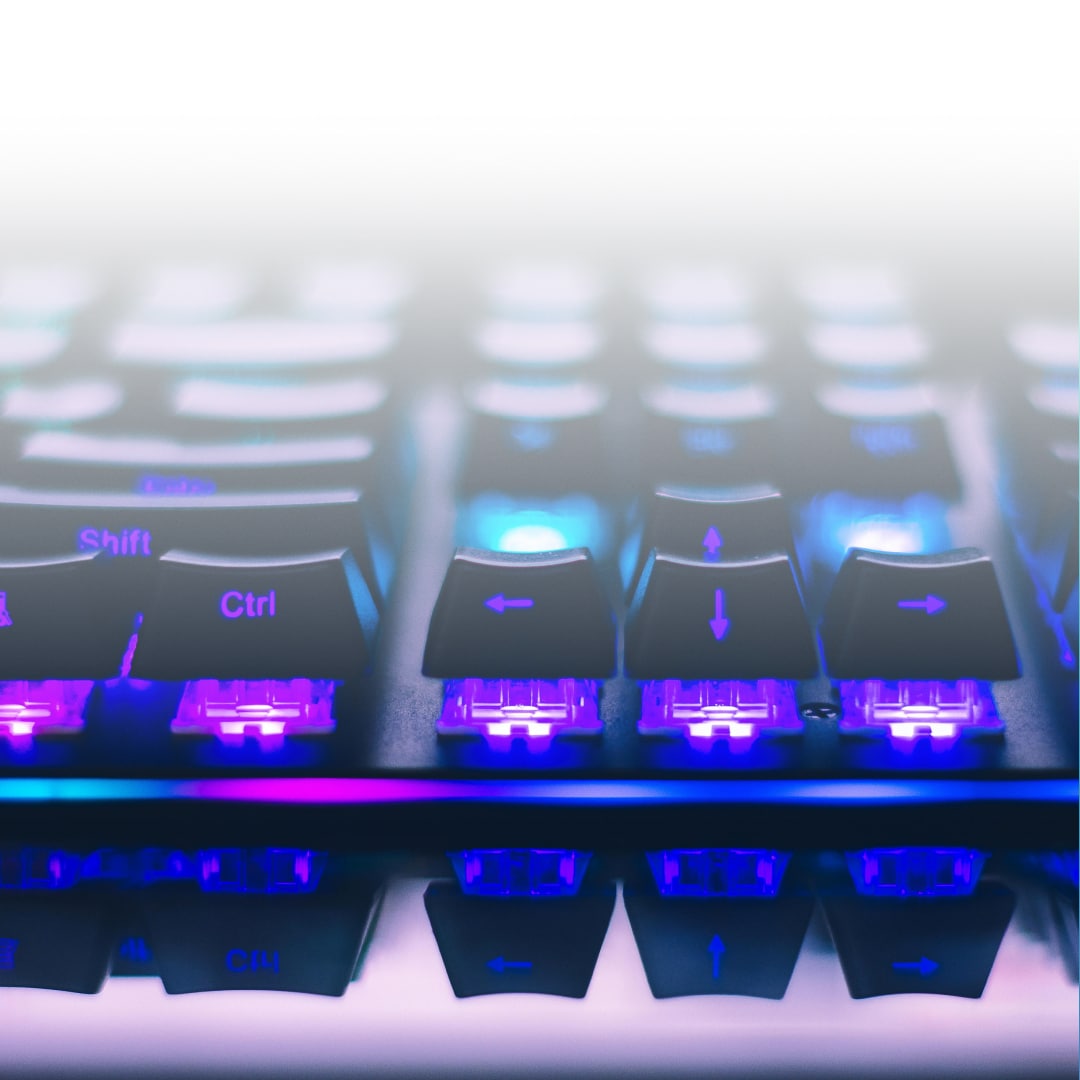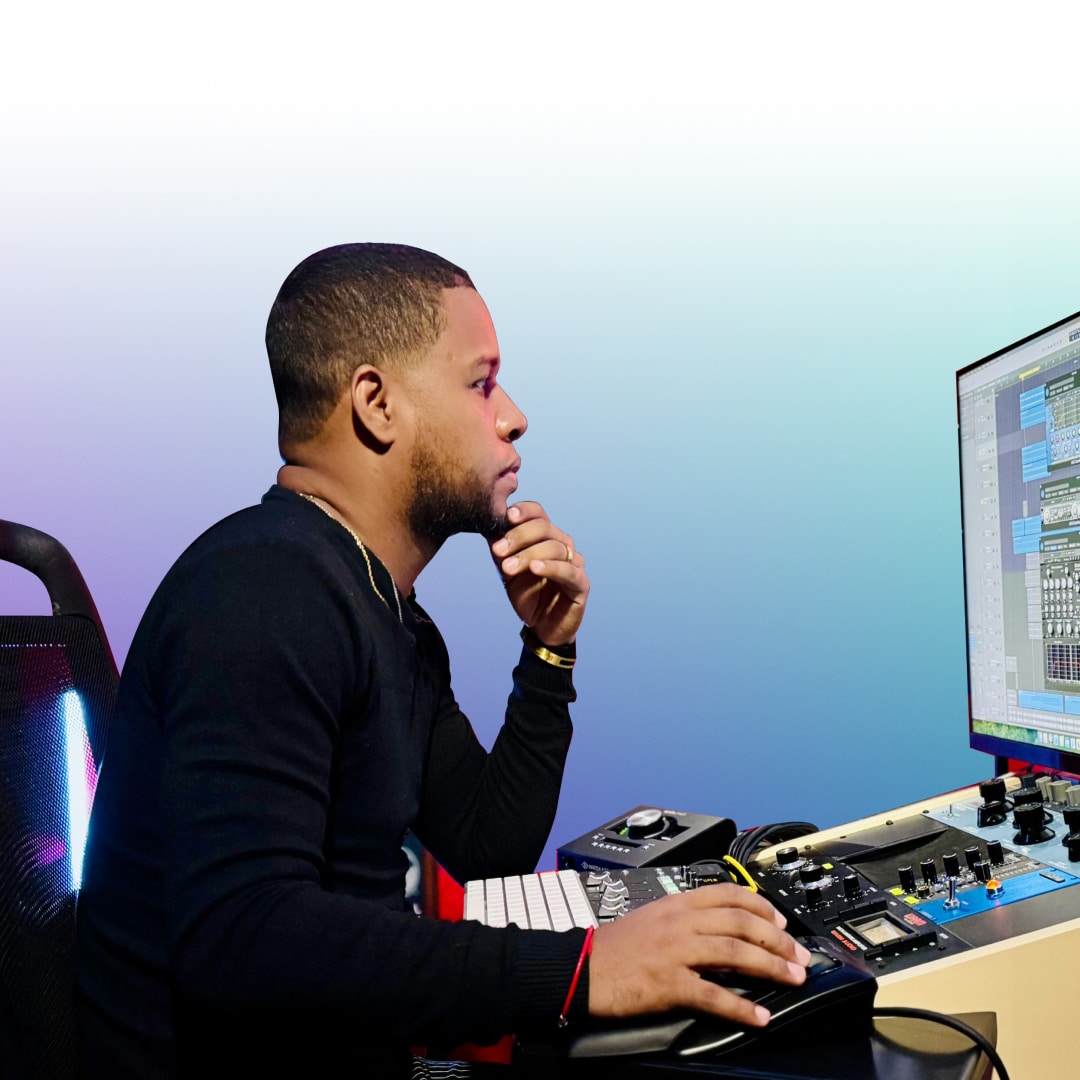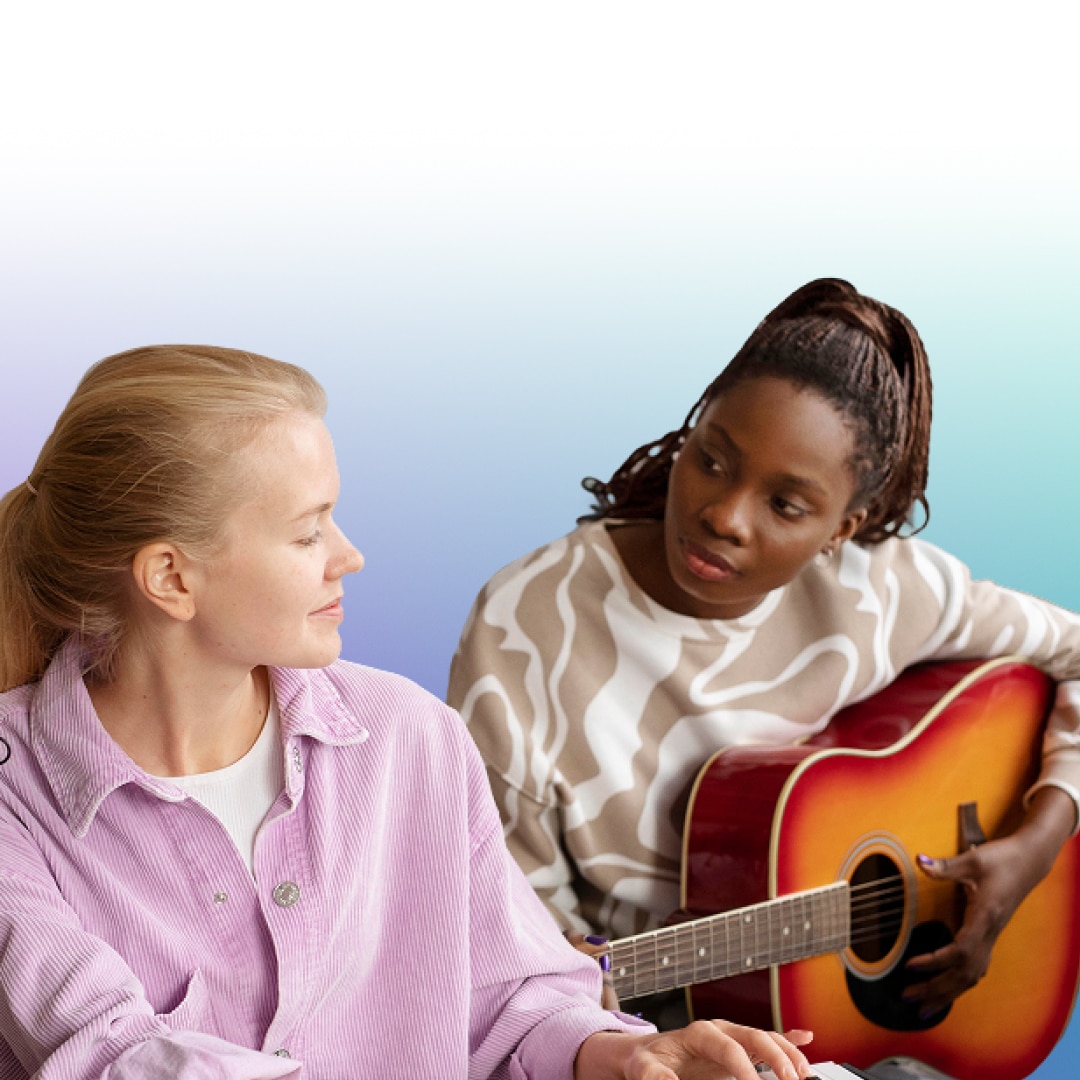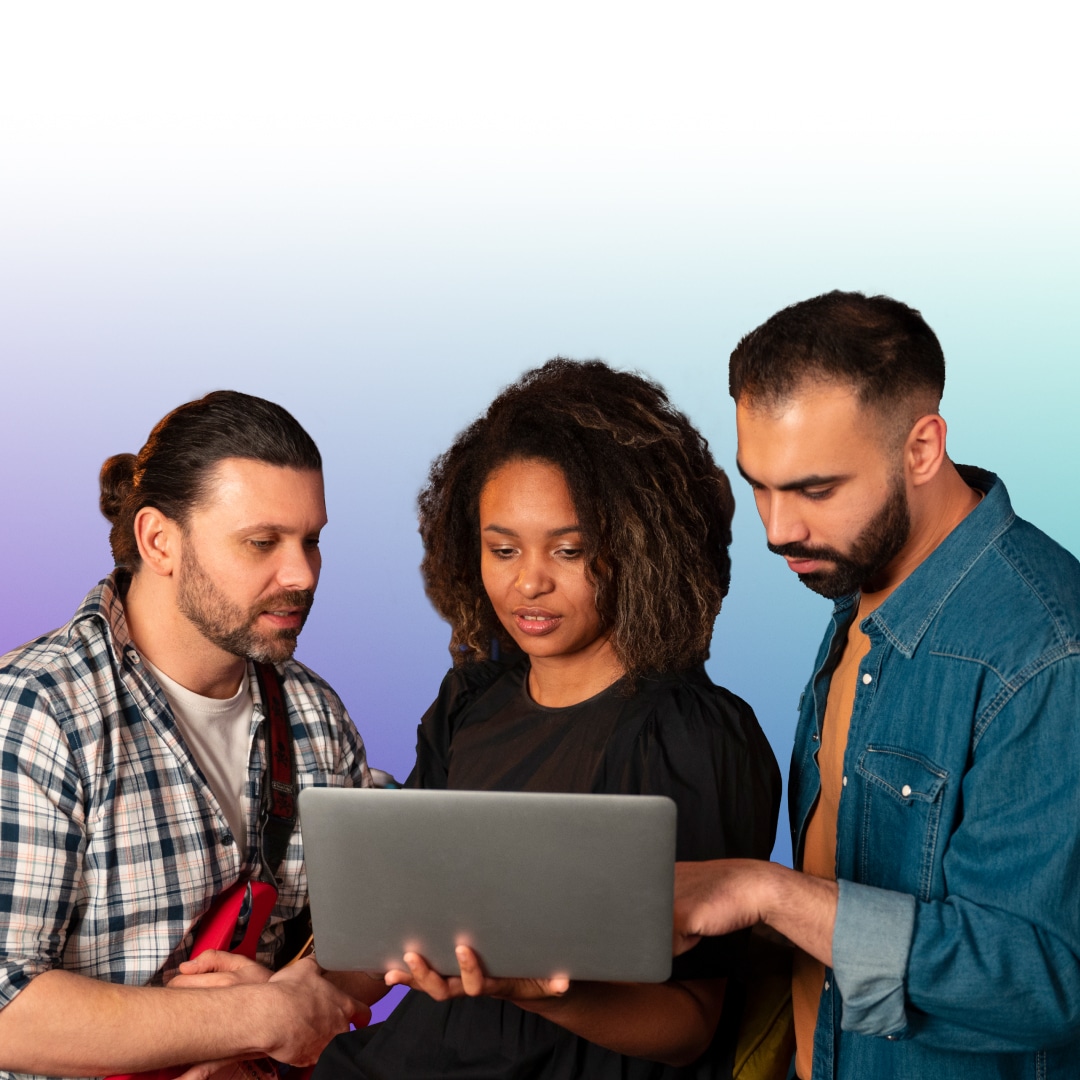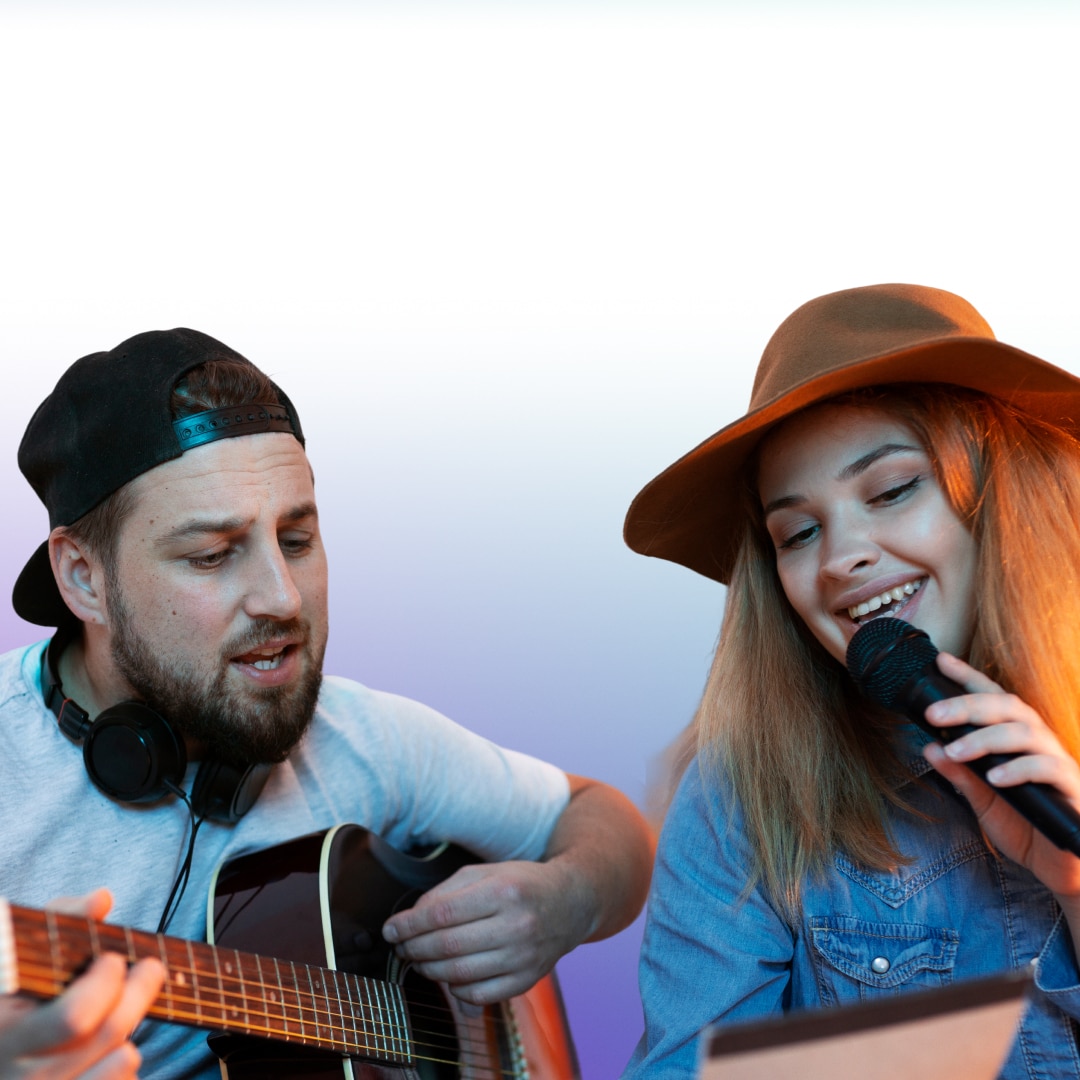As an emerging artist, Digital Streaming Platforms (DSPs) are your best friends when it comes to getting your music out to the world. Platforms like Spotify, Apple Music, Tidal, and YouTube Music provide a gateway to reach new fans, gain exposure, and ultimately build your music career. However, simply uploading your music isn’t enough. To truly maximize your presence on DSPs, you need to be strategic. Here are some essential tips to make the most of your digital presence and get the most from DSPs as an emerging artist.
1. Optimize Artist Profiles on DSPs
Your DSP artist profile is often the first place new listeners will explore after hearing your music, so make sure it’s complete and professional. Here’s how to enhance your profile across various platforms:
- Upload a Professional Profile Picture: This should reflect your brand and artistic style. Consistency across platforms helps solidify your image.
- Write a Strong Bio: Make it compelling but concise. Talk about your background, what inspires your music, and any noteworthy accomplishments. Include links to your social media or website.
- Add Links and Merch: Platforms like Spotify allow you to link to your merchandise and concert tickets. Use these features to generate revenue and create a connection with your audience.
- Pin Playlists: Curate and pin a playlist to your profile that features your songs alongside tracks from similar artists. This can keep listeners engaged and give them more context about your style.
2. Release Music Strategically via DSPs
When you release music on DSPs, timing and consistency matter. Here’s how to plan your releases to maximize their impact:
- Release Singles Before an Album: Releasing a few singles before dropping an album helps build anticipation and keeps your audience engaged over time.
- Use a Release Calendar: Spread out your releases strategically throughout the year, instead of dropping everything at once. DSP algorithms favor consistent activity over sporadic releases.
- Leverage Pre-Saves: Platforms like Spotify allow fans to pre-save your music, so when your new single or album drops, it automatically appears in their library. This boosts your chances of getting featured on playlists.

3. Pitch to DSP Curators
Landing a spot on an official DSP playlist can significantly boost your exposure. Many platforms, like Spotify, allow artists to pitch their songs directly to playlist curators.
- Pitch Early: Submit your music to playlist editors at least a few weeks before the release date. DSPs prefer advance notice to review your submission.
- Choose Your Best Song: Curators are more likely to include a song that stands out. Pick your strongest track and explain in your pitch why it’s relevant to their playlist.
- Be Specific: When pitching, describe the story behind the song, its genre, and why you think it would fit with a particular playlist’s audience.
4. Engage with Your Audience on DSPs
The more you engage with your audience, the more likely they are to return to your music. Many DSPs offer ways to interact with fans and promote your releases beyond just the audio.
- Create and Share Playlists: Sharing personal or curated playlists with your fans is a great way to connect on a more intimate level. Include your tracks alongside those of artists who inspire you or complement your style.
- Use Spotify Canvas: Spotify allows you to add looping visuals (called Canvases) to your tracks. These brief, eye-catching visuals can grab a listener’s attention and keep them engaged longer.
- Release Music Videos and Behind-the-Scenes Content: On platforms like YouTube Music, video content is key. Pair your releases with creative music videos or behind-the-scenes clips to give fans more reasons to check out your channel.
5. Leverage DSP Analytics
Most major DSPs provide detailed analytics tools to help you understand how your music is performing and who is listening. Here’s how you can use this data to your advantage:
- Track Your Growth: Use Spotify for Artists or Apple Music for Artists to keep an eye on how your streams, followers, and listeners are growing. This will help you assess which marketing strategies are working and which need tweaking.
- Know Your Audience: Check where your listeners are located, their demographics, and their listening habits. This information can help you target specific regions for tours or social media ads.
- Use Data for Playlist Pitching: When pitching to independent or algorithmic playlists, mentioning the specific audience insights you’ve gathered (e.g., where your fan base is growing) can strengthen your case.
6. Promote Your DSP Links Everywhere
Your fans need to know where to find your music. Promoting your DSP links across your other platforms can drive traffic and increase streams.
- Use a Smart Link: Instead of posting multiple links to each DSP, use a smart link service like Linktree or SmartURL that consolidates all your streaming platforms into one easy-to-share link.
- Embed Players on Your Website: If you have a website, embed music players or links to DSPs directly on your homepage. This allows visitors to start listening immediately.
- Post Regularly on Social Media: Promote your DSP releases across Instagram, Twitter, Facebook, and TikTok. Include direct links to your songs and encourage followers to stream, share, or add them to their playlists.
7. Take Advantage of Independent Playlists
While landing on official DSP playlists can skyrocket your streams, don’t overlook the power of independent playlists curated by fans or smaller influencers.
- Pitch to Independent Playlist Curators: Research playlists in your genre and reach out to the curators directly. Smaller, genre-specific playlists can bring in dedicated listeners and help build a loyal fanbase.
- Collaborate with Other Artists: Collaborate with other emerging artists in your genre and share each other’s music in curated playlists. Cross-promotion helps both artists tap into each other’s fanbases.
8. Maximize Your Presence on Niche DSPs
While Spotify and Apple Music are dominant players, don’t ignore niche platforms like Bandcamp or SoundCloud that cater to specific communities or genres.
- Use Bandcamp for Direct Sales: Bandcamp allows artists to sell music directly to fans, often for higher profits than streaming revenue. It’s a great platform for offering exclusive content or merch bundles.
- Utilize SoundCloud’s Global Reach: SoundCloud is known for being a platform where many artists (especially in electronic, hip-hop, and indie genres) get discovered. Engage with the community, release tracks consistently, and participate in genre-specific groups.
DSPs are a powerful tool for emerging artists, but to truly maximize them, you need to be strategic. By optimizing your profile, planning your releases, engaging with your audience, and leveraging analytics, you can build a lasting digital presence and grow your music career. The key is to remain consistent, innovative, and proactive about promoting your music across every platform possible. Keep creating, keep engaging, and let the DSPs do the rest!
Vampr is the ultimate music networking app designed to help you connect with musicians and grow your career. As a leading music industry network, Vampr makes it easy to find music collaborators, join a band, or even find a jam partner. Whether you’re searching for band members or looking to expand your music community platform, this app for musicians streamlines music collaboration like never before. Ready to take your music to the next level? Start networking and create something amazing today!
Vampr makes online music collaboration effortless, helping you find a beatmaker, hire a music arranger, or work with a sound engineer all in one place. Whether you’re looking to find a composer, collaborate with EDM producers, or find a hip hop producer, this platform connects you with the right talent for remote music production. Need professional mixing? Vampr also helps you find a mixing and mastering service and find musicians for recording—so you can bring your music to life with ease.
Vampr is the go-to platform to get work as a musician and find paid music gigs—whether you’re looking for music jobs near me or remote music jobs you can do from anywhere. From landing paid gigs as a musician to securing opportunities to work as a session musician, Vampr connects you with the right people. Need industry support? You can also find a music manager or hire a music manager to help grow your career. Plus, if you’re looking to find a band to join, Vampr makes it easy to connect and start making music today!
Vampr is the ultimate indie musician networking platform, making it easy to find rock musicians, connect with EDM producers, or collaborate on pop music. Whether you’re looking to find hip-hop artists, connect with country songwriters, or find jazz musicians, Vampr helps you build the right creative team. Need to hire classical musicians, find metal band members, or work with electronic music producers?
Vampr is the place to discover and collaborate with talented artists across all genres!
See why Vampr is the #1 app for music industry collaboration and networking

